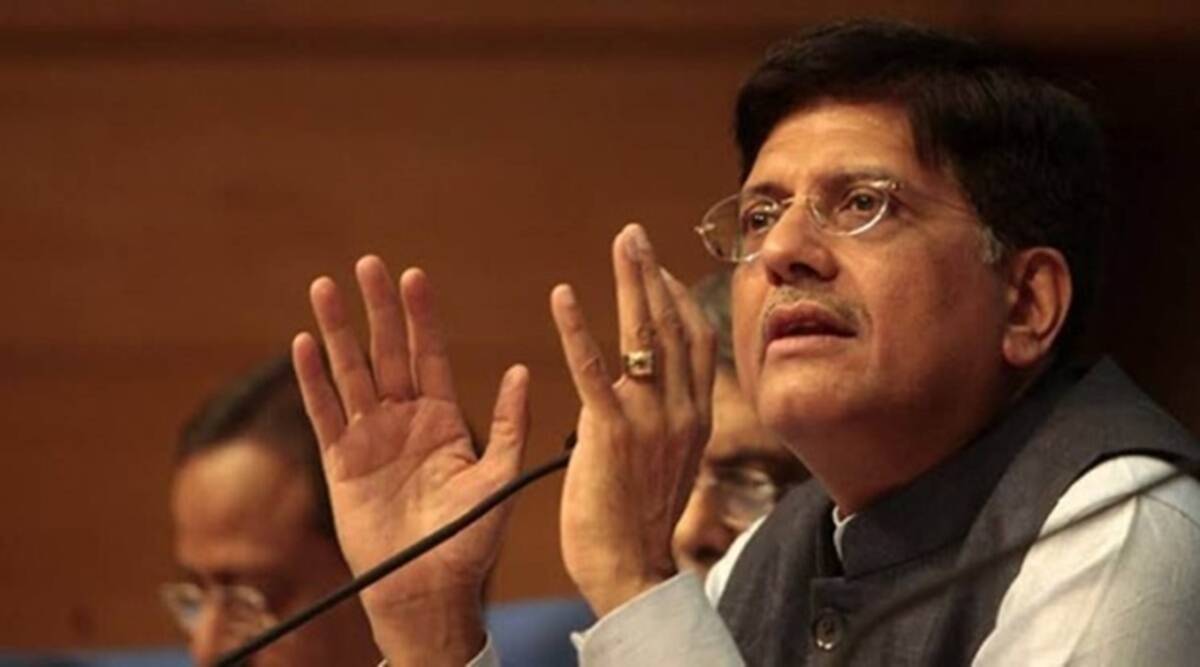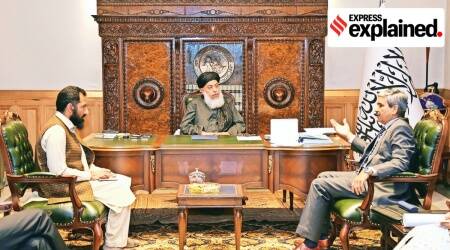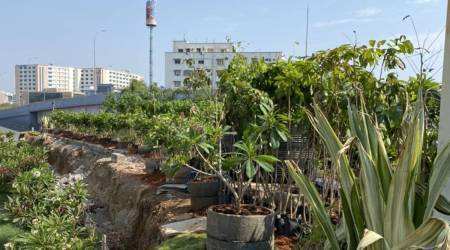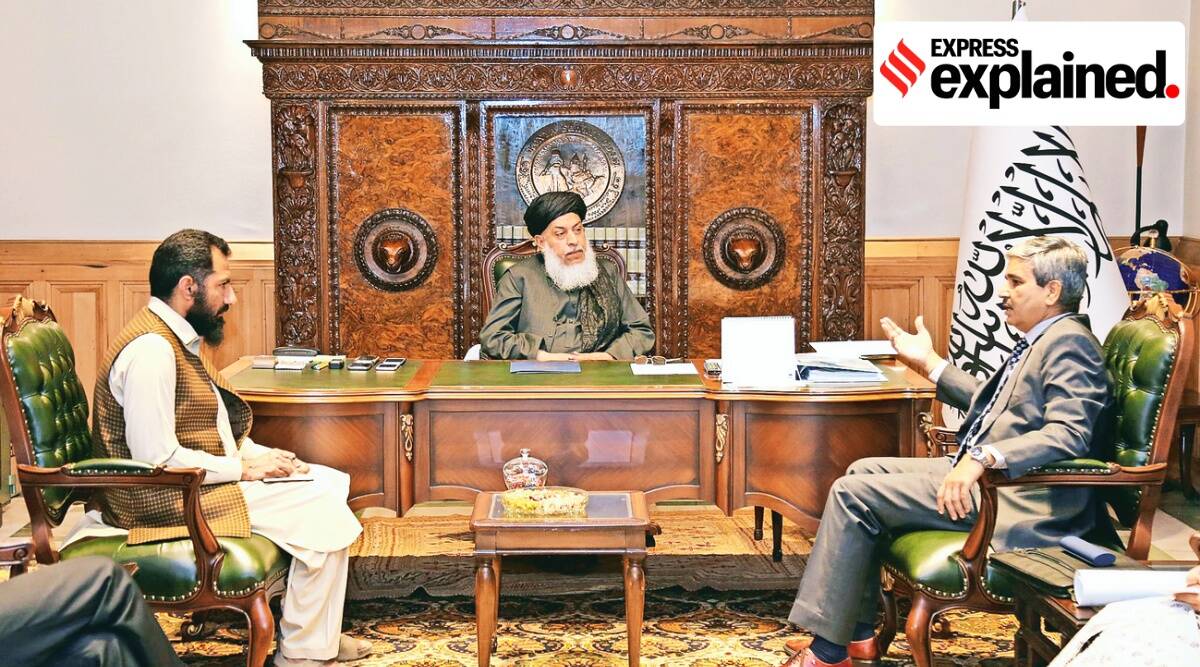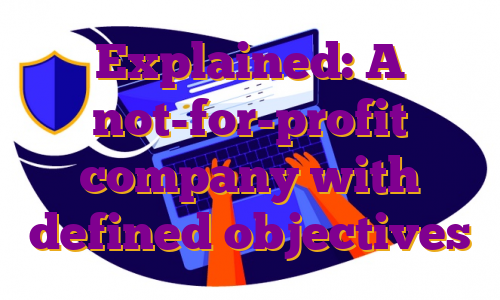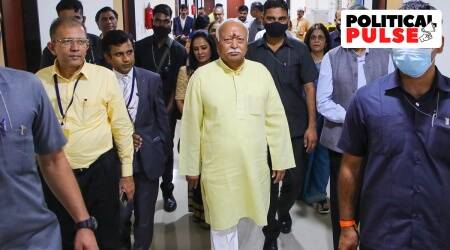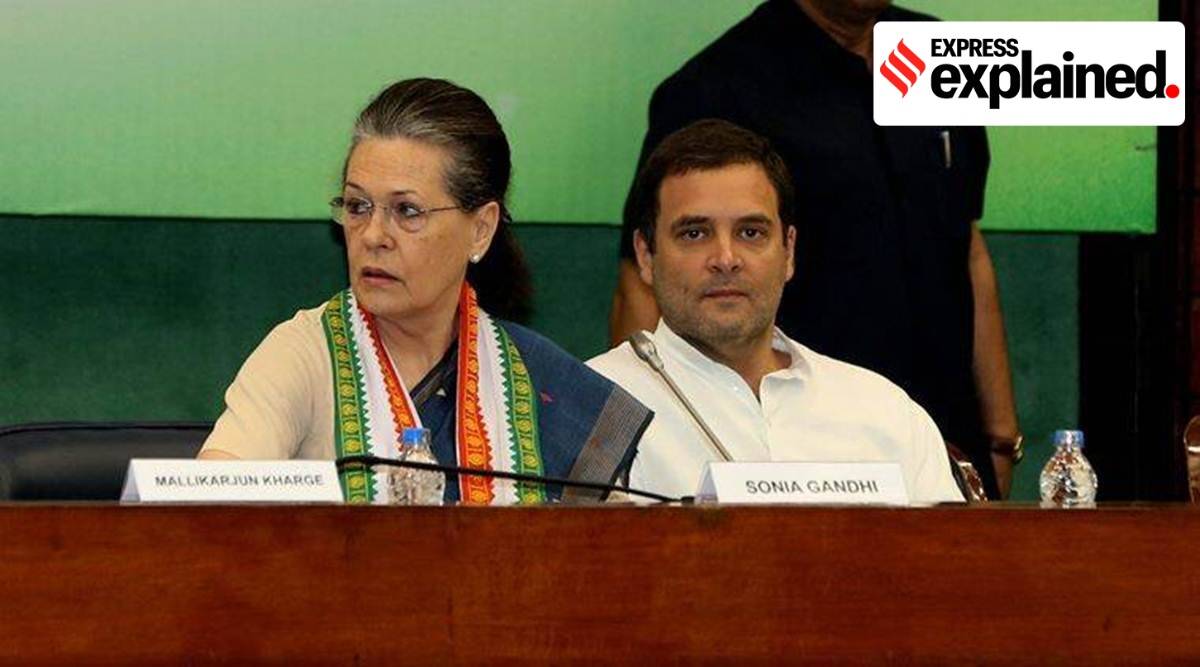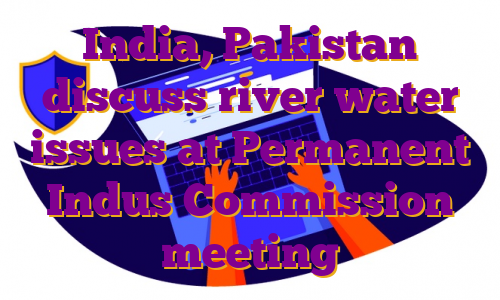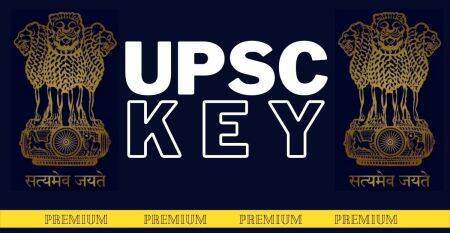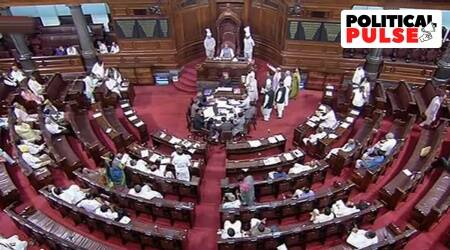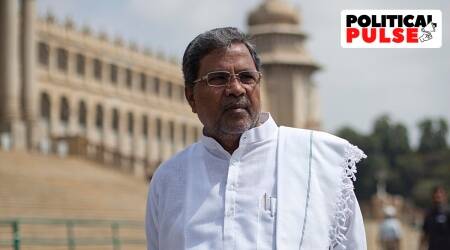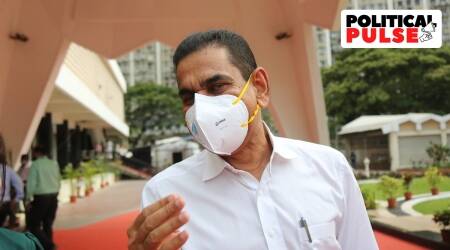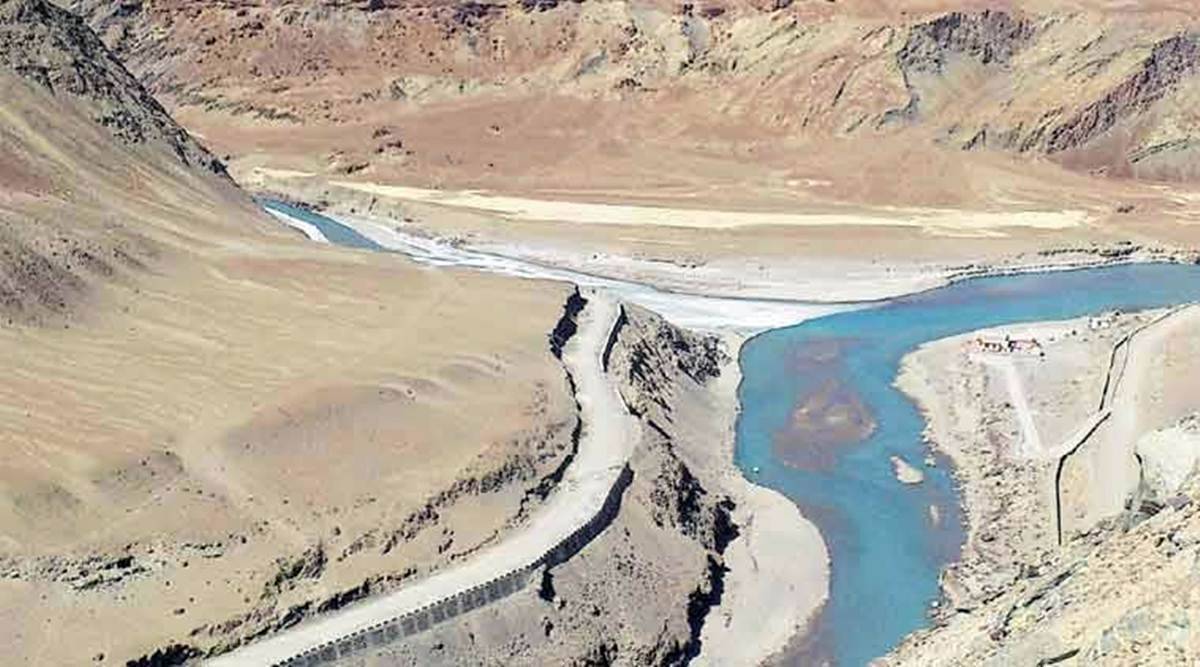When a 22-year-old Zepto employee Sohail Shaikh recently needed some money, a “Magicloan” ad on YouTube for instant micro loans came to his mind. On April 24, he ended up taking a loan of Rs 6,000 from two apps, “Magicloan” and “cashmarket”.
“I was supposed to pay them back on April 30. I would get my salary on May 1, so I thought I would return it a day later. Their (loan apps) people however started calling me on April 29. I told them about the payment deadline but it didn’t matter — they were abusive,” Shaikh told The Indian Express.
His ordeal had just started, though. “A day later, some of my colleagues and relatives called me saying they received a photograph of my wife with obscene things scrawled on it. I was shocked as to how could they get her photo and their numbers. And then I realised they had access to all my phone data. I had to explain to everyone that I had taken a small loan and these people were loan agents. It was traumatic,” he said.
On April 14, a 24-year-old woman from Mumbai’s Charkop lodged an FIR in the Kandivali (West) police station, alleging that cyber fraudsters called her from 25 different mobile numbers and threatened to defame her if she did not repay a loan, which she had never taken, and forced her to pay Rs 4.50 lakh. They also sent obscene messages about her to many people in her contacts list including her family members and friends. Her cousin sister even received a WhatsApp message which tagged her number and photo as that of a sex worker.Best of Express Premium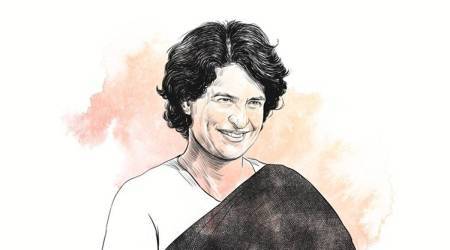 Premium
Premium Premium
Premium Premium
Premium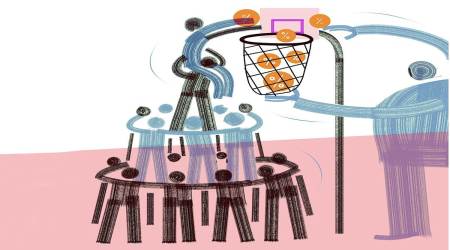 Premium
Premium
“Those 15-20 days were most horrible days of my life. Police asked me to switch off my phone but fraudsters sent obscene messages to 150 people in my contacts list, mostly family members. They only made WhatsApp calls. When my uncle tried to make a normal call to them, an old woman in Karnataka took it. They were using her number for their WhatsApp,” she said.
Mumbai Police has lodged 47 loan app fraud cases during March-April, of which it could crack only 1 case. It had filed 42 such cases during the entire last year, cracking 5 of them.
While the loan app scam cases have been reported from across the country, there have been cases in Maharashtra and Telangana of their victims being driven to even suicide. At least 8 such victims killed themselves in Telangana over the last one-and-a-half years.
The modus operandi of these scamsters has been that they offer “hassle free” micro loans through online apps, which do not check a borrower’s credit worthiness or seek any documents while immediately transferring money to his account. It is this “no questions asked” method of these apps as against traditional lending institutions seeking rigorous verification and background checks that have made them popular among people.
Their popularity rose especially during the Covid pandemic, when many people lost their livelihood and were in desperate need of money to meet their day-to-day expenses. However, according to several police officers and cyber experts, those seeking loans through these apps now include corporate employees looking for additional money at the end of a month or youngsters needing money to buy virtual currency.
Cyber expert Ritesh Bhatia said that since the demand for micro credit has dipped now, there have been several cases where these operators have demanded money from people even if they have just downloaded their apps. “In some cases, if you have taken a loan once, they will push another loan from some other app. Also, on occasions, they demand money once you have downloaded the app, since they have access to your contacts now. The app is developed in such a way that once you download it, it gives the loan companies complete access to the phone data. It doesn’t matter if you haven’t availed of a loan from the app,” Bhatia said.
What many who are lured by the easy credit availability do not know or fail to check is the fudge relating to the interest rates charged and the recovery mechanism. In some cases, when people read the interest rate on their loans as 0.8%, they miss that it is a daily rate, Bhatia said. “There have been cases where people have ended up paying as much as 66% interest.”
A Mumbai cyber police officer said even the GST is deducted from the loan amount. “And within a week, you start getting calls seeking repayment of these loans,” he said. This is where the victims’ harassment begins as recovery agents enter the scene.
An officer said that when people install these apps on their phones, they generally do not realise that they are also giving access to their phone data to them. “So, when the person is not able to make the payment, the recovery agents have access to the numbers of their family members, relatives, colleagues and friends. They call them up claiming that they were appointed the loan guarantor. It is to pressure them to ensure the borrower makes the payment.”
However, Bhatia said some recovery agents have resorted to “dirty tricks” now. They use nude pictures or porn clips to morph the borrower’s image and then send it to the victim’s family members, relatives and friends.
It was such a murky operation that allegedly forced the Malad-based imitation jewellery businessman Sandeep Koregaonkar, 38, to die by suicide on May 4 after he found that his morphed photos were sent to his loved ones, the police said. His family said he had not taken any loans and just downloaded the apps.
🚨 Limited Time Offer | Express Premium with ad-lite for just Rs 2/ day 👉🏽 Click here to subscribe 🚨
It was Koregaonkar’s suicide that forced Mumbai Police to wake up to severe harassment involved in these cases. Its preliminary investigations led them to some call centres, linked to such apps, operating primarily out of Delhi and Noida among other places across the country.
In another recent case of sexual harassment being probed by the Andheri railway police, there were 170 calls made to a Dombivli-based victim. After she could not make the loan payment, her morphed video was sent to her cousin sister on WhatsApp, who then approached the police. A 19-year-old man was picked up from Karnataka as his phone was used to send this obscene content. The police later learnt that the fraudsters had used his number to activate their WhatsApp and that the loan app, owned by two Kerala businessmen, had outsourced their database of borrowers to a Delhi-based call centre for recovering loans for a commission.
The police have also found that some of these micro loan apps are “Chinese loan apps developed by Chinese nationals”. In such cases busted across the country, it was found that the accused, after collecting money from victims, would convert it into cryptocurrency and send it to China, said a cyber police officer.
In several cases, the victims end up taking money from one loan app to save themselves from other app’s harassment. In a case being probed by Mumbai’s BKC cyber police station, a company’s senior executive took a total of Rs 1 lakh loan from 10 apps. Within days she received 80 calls from Delhi, Noida and other places in states like Meghalaya and Andhra Pradesh. In her case too, the fraudsters sent her obscene videos and threatened to defame her, forcing her to cough up Rs 12 lakh.
What has made the police investigations more challenging is that in most of these cases the scamsters have taken “precautions” to cover their tracks. In the senior company executive case, when the police tried to trace the account where she was asked to make a payment, they found it belonged to another borrower.
An independent director at the Fintech Association for Consumer Empowerment (FACE), Srinath Sridharan, said that for common people it is “very difficult” to distinguish between the genuine RBI-affiliated loan apps and fraudulent ones. “RBI has complicated the rules so much that it is confusing to differentiate between authorised and unauthorised apps,” he said.
Sridharan said in its 2021 report the RBI’s working group on digital lending had made several recommendations to curb this menace, which were however not implemented. “The only solution is that RBI conduct digital supervision of NBFCs to ensure that none of them are involved in lending through these unauthorised apps,” he added.
Recently, with such frauds on the rise, Google came out with more stringent guidelines (see Box) allowing only those loan apps on its Play Store that are registered with the RBI. Bhatia, however, said it would not make much of a difference as the accused would create apps and put up links on their websites and send them to their victims’ WhatsApp or Telegram accounts to be downloaded. The police as well as cyber experts stressed on the need for raising public awareness against such dubious loan apps.
!function(f,b,e,v,n,t,s)
{if(f.fbq)return;n=f.fbq=function(){n.callMethod?
n.callMethod.apply(n,arguments):n.queue.push(arguments)};
if(!f._fbq)f._fbq=n;n.push=n;n.loaded=!0;n.version=’2.0′;
n.queue=[];t=b.createElement(e);t.async=!0;
t.src=v;s=b.getElementsByTagName(e)[0];
s.parentNode.insertBefore(t,s)}(window, document,’script’,
‘https://connect.facebook.net/en_US/fbevents.js’);
fbq(‘init’, ‘444470064056909’);
fbq(‘track’, ‘PageView’);
.
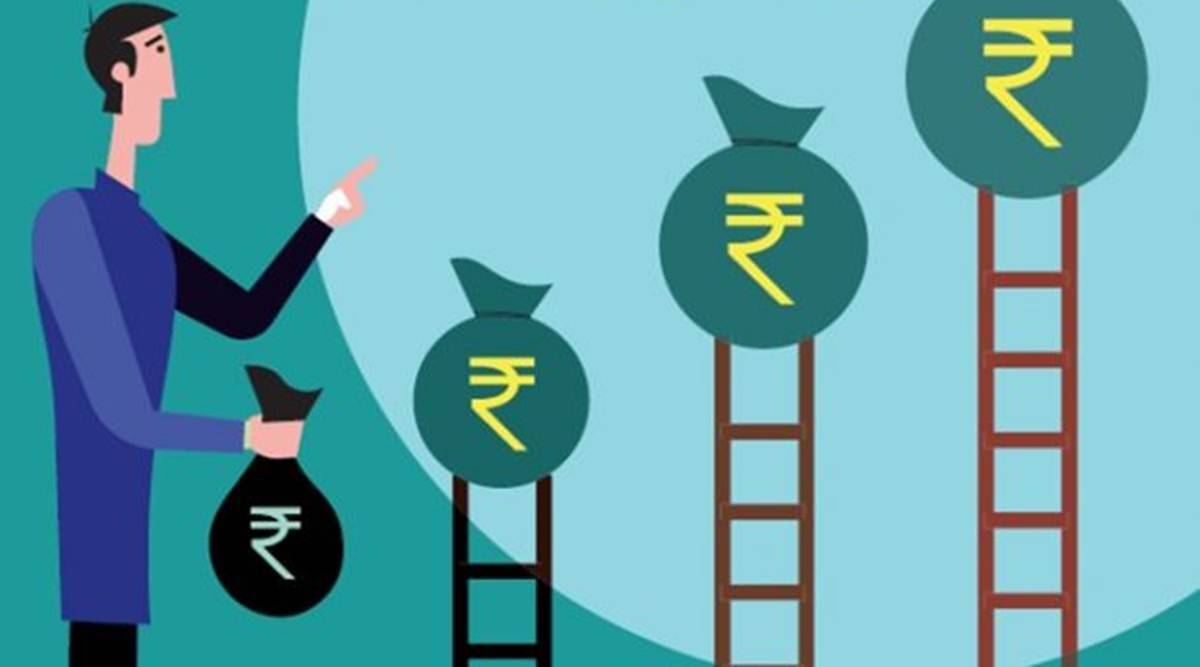
 Premium
Premium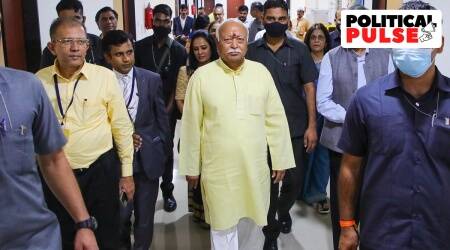 Premium
Premium Premium
Premium Premium
Premium

